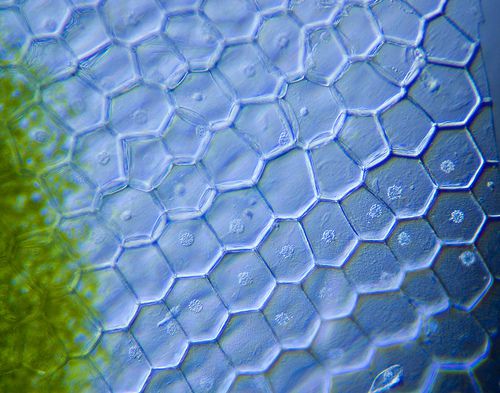-
 Triple DES
Triple DES
-
 VoIP
VoIP
-
 FDA
FDA
-
 Polyposis
Polyposis
-
 Sidereal period
Sidereal period
-
 Neoteny
Neoteny
-
 Vagina
Vagina
-
 Clinical trial
Clinical trial
-
 Canadarm
Canadarm
-
 Joint venture
Joint venture
-
 Constellation of Pegasus
Constellation of Pegasus
-
 Biotin
Biotin
-
 Endogenous
Endogenous
-
 Dyspraxia
Dyspraxia
-
 Garlic
Garlic
-
 Ice shelf
Ice shelf
-
 Microbiome
Microbiome
-
 Fistula
Fistula
-
 Histamine
Histamine
-
 Shenzhou
Shenzhou
-
 Proper motion of a star
Proper motion of a star
-
 Visual field
Visual field
-
 Phenotype
Phenotype
-
 Candidiasis
Candidiasis
-
 Methionine
Methionine
-
 Tritium breeding blanket
Tritium breeding blanket
-
 Downwelling
Downwelling
-
 Geomorphosis
Geomorphosis
-
 M101
M101
-
 Useful substances
Useful substances
Oblique illumination microscope
The oblique illumination microscope is a light microscope used to examine the relief of objects.
Oblique illumination microscope technique
The oblique illumination microscope acts like a conventional light background light microscope with the sample being illuminated from beneath and examined from transmission of light to the lens. The light source projects the beams of light obliquely onto the sample. Lens systems within the microscope lens then focus the light beams.
If the light arrives directly on the sample, the rays diffracted from the two sides of the main ray reach the lens. If the light is oblique, only the rays diffracted from one side are ultimately seen. This method increases the contrast and produces a false relief of the sample.
Use of the oblique illumination microscope
This type of microscopy is suitable for a large range of samples. It can be used to examine living cells or any transparent or semi-transparent object.
Like any light microscope, resolution is limited by the diffraction of light. Whilst the oblique illumination microscope can increase the visibility of some structures, it can also generate artefacts.
 Visualisation of plant cells by oblique illumination microscopy. © Nebarnix, Flickr, CC by-nc-nd 2.0
Visualisation of plant cells by oblique illumination microscopy. © Nebarnix, Flickr, CC by-nc-nd 2.0
Latest
Fill out my online form.



